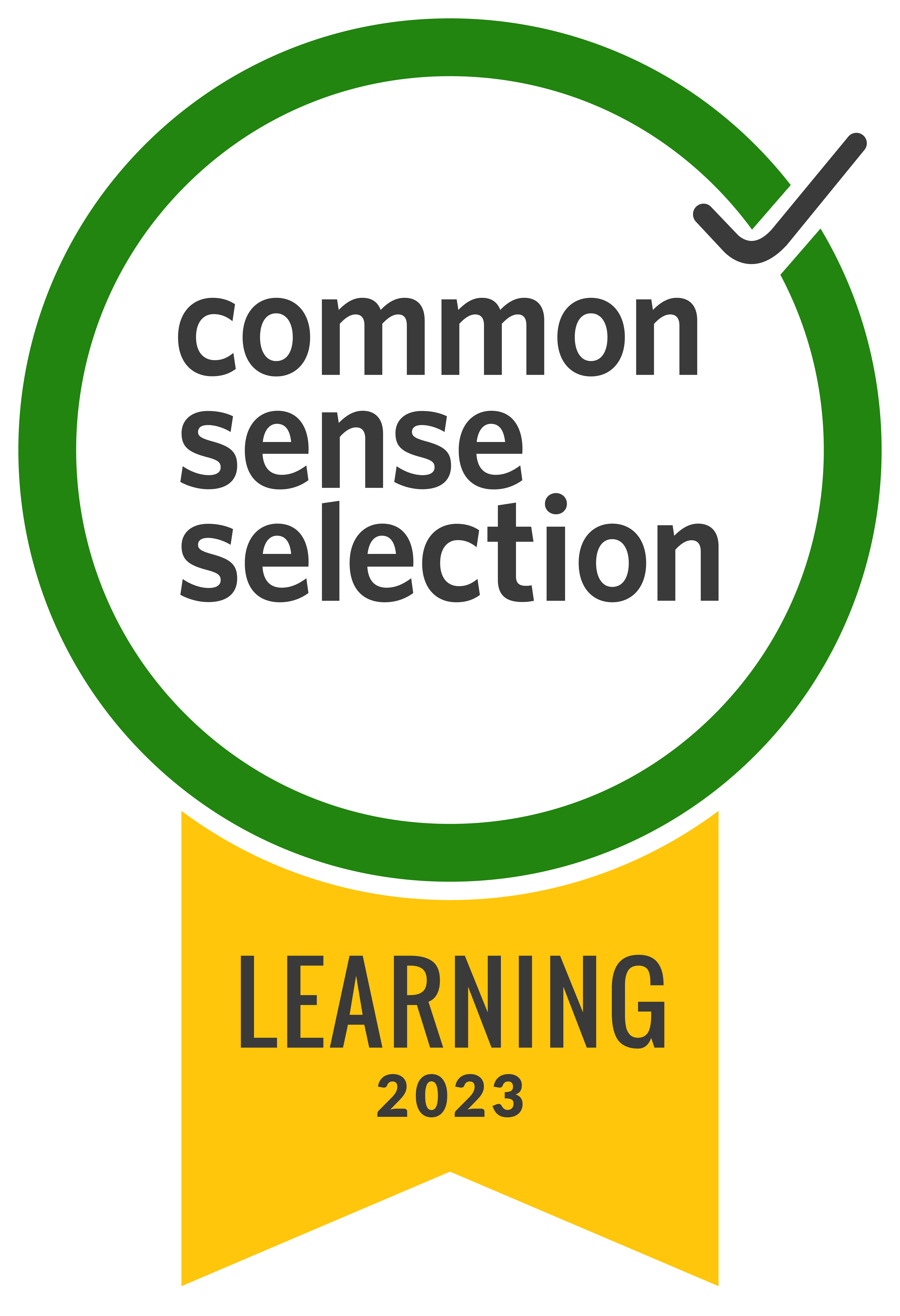It is no secret that student assessment is an important part of the teaching and learning process.
Whether using formal assessments, like written and digital tests, or using informal assessments like checks for understanding, as teachers, we always want to know exactly what our students know. Using video to measure student learning is a great way to make assessments more interactive and get a backstage pass into what our students are thinking.
1. Student-created videos for assessing learning 🙋
With Screencastify Submit, you can assign your students work that requires a video submission. Students will create their own videos, but you can determine the settings and when students submit their work, it will be automatically shared to your Google Drive or Classroom.
Students can easily create and submit videos for homework, projects, or formal assessments using Screencastify Submit. Using Record and Edit, students can also create their own videos that include slide presentations, narration over videos, music, map tours, and anything else they want to share that feels relevant. Then, they can share them with a teacher as a link, or even as a GIF!
2. Teacher-created video assessments 📓
Not only can students demonstrate their learning by creating their own videos, but teachers can also create their own videos to gather valuable data about student learning. If you want to collect data on what your students know, try adding interactive questions to any instructional video.
- Simply start from the Video Management Page and choose the “Interactive Questions” option.
- Then you can insert multiple choice questions throughout your video, increasing student engagement while collecting valuable information.
- As students watch your video, they will be prompted to answer the questions and be notified immediately whether their answers are right or wrong.
- If you are looking for trends in the data or to use these as formal test grades, simply click the results tab at the top of the Interactive Questions screen. You can see how your class did overall, how each student performed, and which questions were most challenging for students!
Student-created videos and teacher-created video assessments are useful learning tools regardless of what subject you teach.
3. Assess math using video 🧮
Whether you are creating an exit ticket for a lesson or a regular assignment, including a video component is a helpful way to get a better understanding of student comprehension and mastery. Ask students to solve a math problem on a Jamboard, record it, and explain their thinking. You could also ask students to find an error in a math problem and explain why it is wrong using video.
4. Assess reading with video 📚
Create videos with built-in comprehension questions in order to assess student learning. Start by recording a video of a read aloud. You can choose to hold a physical book and use the webcam only option or use a digital text on screen and record it for your students to see. Either way, you can ask comprehension questions while you read the same way that you might in a traditional in-person classroom.
Use the Interactive Questions feature of Screencastify to add multiple choice questions to your video. While in a “normal” read aloud you might only be able to hear from one or two students each time you ask a question, using video, you can hear from every student and even see the data in the Results tab.
In addition to comprehension, you can use video to assess reading fluency. While fluency tasks are incredibly useful, they have traditionally taken up a lot of instructional time. Have students record videos of themselves reading a fluency passage at home or in stations, then review their videos outside of class. You won’t lose any of the important information of traditional fluency tasks, but you will save yourself a bunch of time!
Finally, have students share the love of reading with their peers by using Screencastify to create book reviews.
5. Using video for performance tasks🔬
Video is great for other performance tasks, too! Have students demonstrate a science experiment, practice cooking a favorite dish on camera, speak another language, or even play an instrument. Just like with reading fluency, doing performance tasks this way saves a lot of instructional time, but it also presents an opportunity for students that may traditionally feel shy presenting in front of the teacher or the group.
Students can edit out their mistakes, record themselves more than once, and add their own personal touches.
Have another idea for how to assess with Screencastify? Share it with us on Twitter!

.svg)



